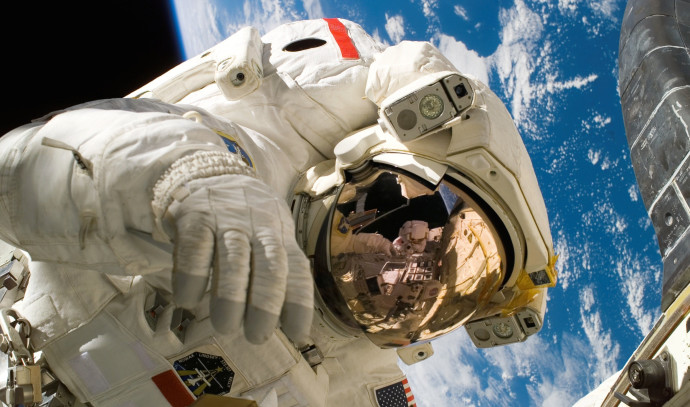If you were going on a space voyage to Mars for a few years, astronauts would probably be provided with a diet of bland, prepackaged meals like TV dinners – not much to look forward to like a steak, schnitzel, or hamburger with chips.
As space agencies plan for longer missions, they’re challenged by the problem of how to best feed people who would look forward to their meals.
Now, researchers in the US, the UK, Australia and Spain reporting in journal ACS Food Science & Technology under the title “Modeling of Space Crop-Based Dishes for Optimal Nutrient Delivery to Astronauts and Beyond on Earth” have designed the optimal “space meal.”
The food constraints considered were based on the recommendations of the National Aeronautics and Space Administration (NASA), considering up to 36 nutrients and 102 crops. They chose fresh ingredients that meet male astronauts’ specialized nutritional needs – a tasty vegetarian salad whose ingredients can be grown in space.
Astronauts in space burn more calories than humans on Earth and require extra micronutrients such as calcium to stay healthy during extended exposure to microgravity. Additionally, future long-term missions will require growing food in a sustainable, circular way within the spacecraft or space colonies.
While researchers have explored methods of growing food in space and what nutrients astronauts require to stay healthy, specific fresh meals have not been developed. So, Dr. Volker Hessel at Austailia’s University of Adelaide and the School of Engineering at the UK’s University of Warwick and coworkers wanted to optimize a space meal that meets those unique requirements of spaceflight and tastes good.
Testers say the vegetarian space food isn’t half bad
First, the researchers assessed combinations of fresh ingredients, using a method called linear programming that computationally balances different variables to meet a specific goal. In this case, their model identified how well the combinations of different foods could meet a male astronaut’s daily nutritional needs while minimizing the water required to grow the foods. The team was also concerned about the sustainability of the foods in space, selecting ingredients that needed little fertilizer, time and area to grow and whether inedible portions could be recycled.
Of the 10 scenarios the researchers examined, they found that a vegetarian meal made up of soybeans, poppy seeds, barley, kale, peanuts, sweet potato and/or sunflower seeds provided the most efficient balance of maximal nutrients and minimal farming inputs. While this combination couldn’t quite provide all the micronutrients an astronaut needs, those missing could be added in a supplement, the researchers suggest.
To make sure that the identified combination was tasty, the team whipped up the ideal space meal as a salad for four people to taste test here on Earth. One tester gave rave reviews and “wouldn’t mind eating this all week as an astronaut.” Other people were cooler in their praise, even though they went back for second helpings. In the future, the researchers plan to see what their computer model dishes up as options for female astronauts and expand the variety of crops in their database.




